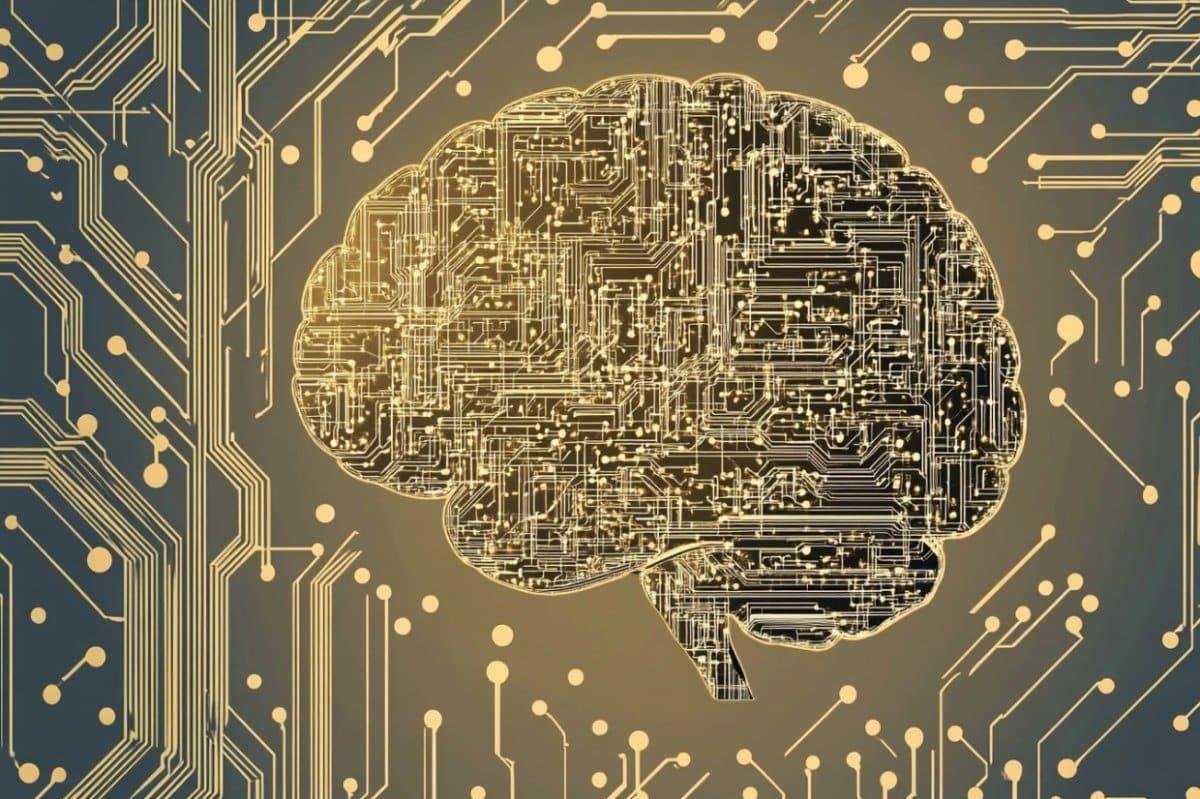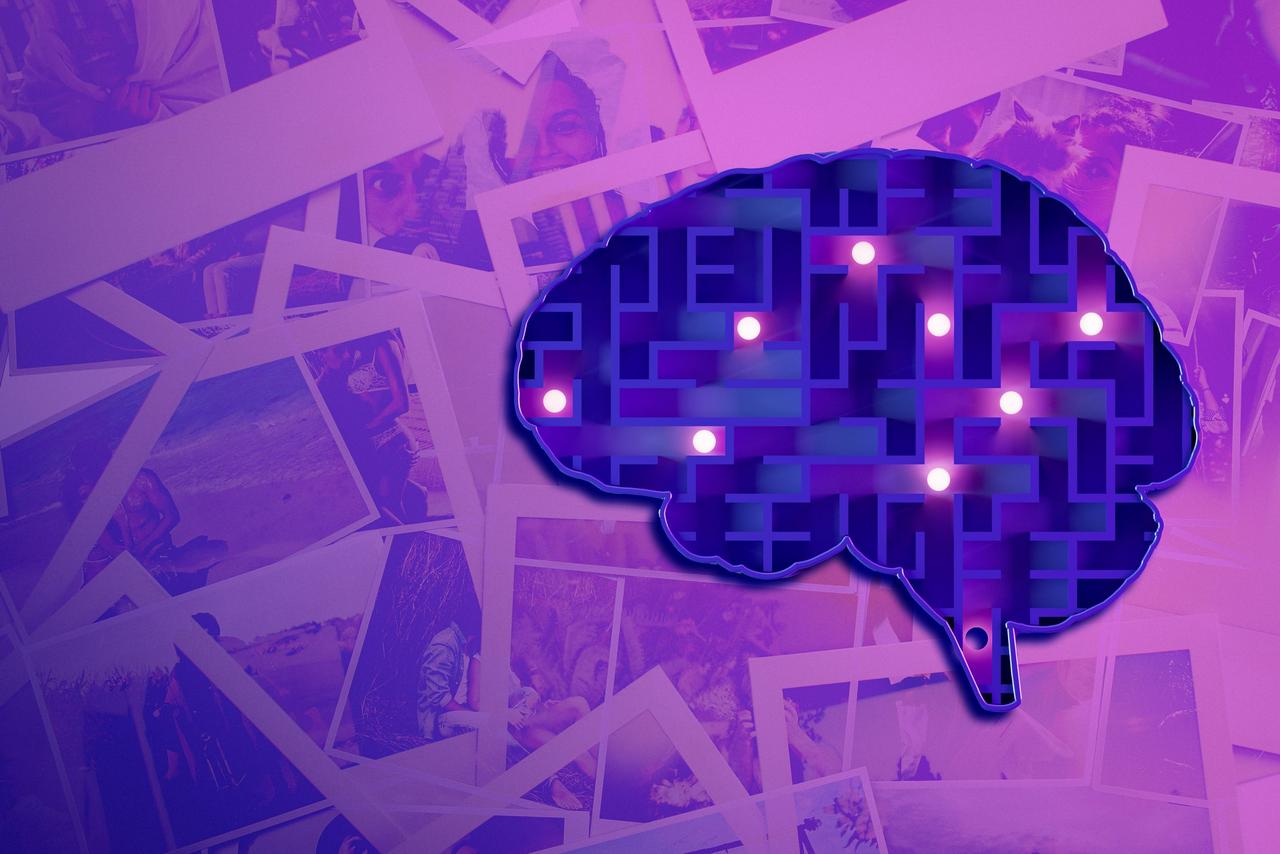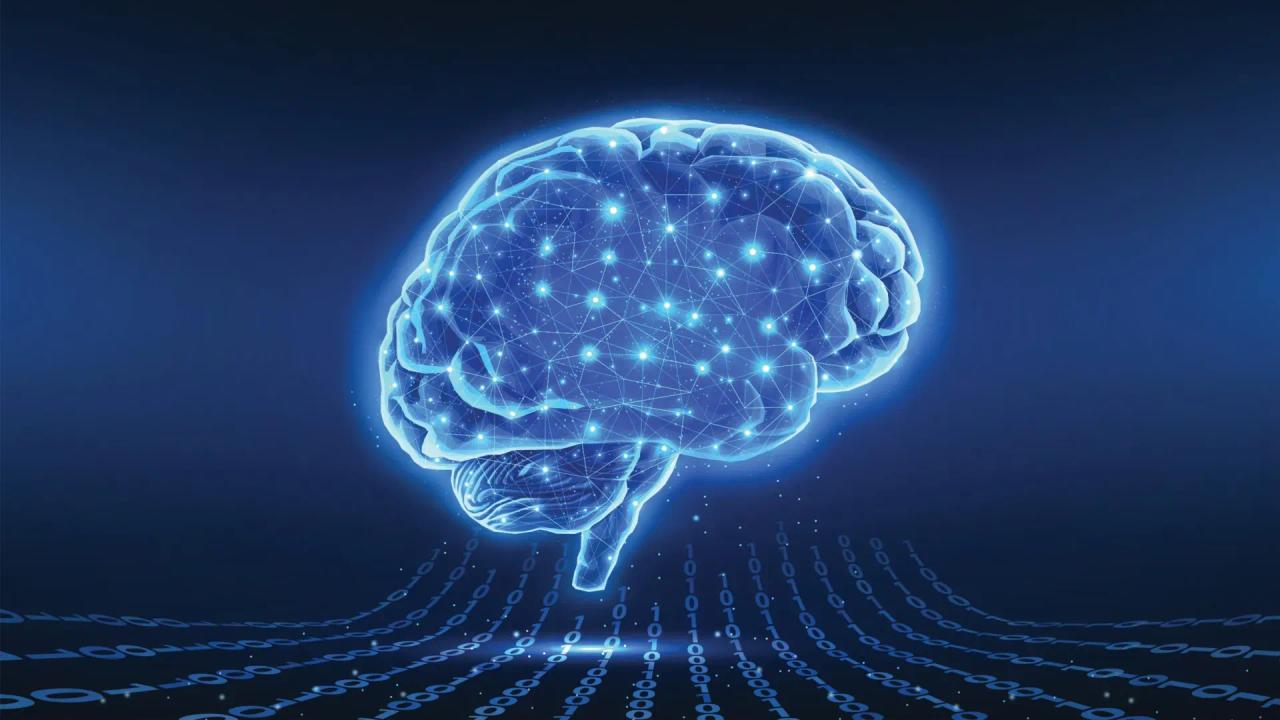Mathematical Model Suggests Seven Senses Optimal for Memory, Implications for AI and Robotics
2 Sources
2 Sources
[1]
Mathematical model of memory suggests seven senses are optimal
Skoltech scientists have devised a mathematical model of memory. By analyzing its new model, the team came to surprising conclusions that could prove useful for robot design, artificial intelligence, and for better understanding of human memory. Published in Scientific Reports, the study suggests there may be an optimal number of senses -- if so, those of us with five senses could use a couple more. "Our conclusion is, of course, highly speculative in application to human senses, although you never know: It could be that humans of the future would evolve a sense of radiation or magnetic field. But in any case, our findings may be of practical importance for robotics and the theory of artificial intelligence," said study co-author Professor Nikolay Brilliantov of Skoltech AI. "It appears that when each concept retained in memory is characterized in terms of seven features -- as opposed to, say, five or eight -- the number of distinct objects held in memory is maximized." In line with a well-established approach, which originated in the early 20th century, the team models the fundamental building blocks of memory: the memory "engrams." An engram can be viewed as a sparse ensemble of neurons across multiple regions in the brain that fire together. The conceptual content of an engram is an ideal abstract object characterized with regard to multiple features. In the context of human memory, the features correspond to sensory inputs, so that the notion of a banana would match up with a visual image, a smell, the taste of a banana, and so on. This results in a five-dimensional object that exists and evolves in a five-dimensional space populated by all the other concepts retained in memory. The evolution of engrams refers to concepts becoming more focused or blurred with time, depending on how often the engrams get activated by a stimulus acting from the outer world via the senses, triggering the memory of the respective object. This models learning and forgetting as a result of interaction with the environment. "We have mathematically demonstrated that the engrams in the conceptual space tend to evolve toward a steady state, which means that after some transient period, a 'mature' distribution of engrams emerges, which then persists in time," Brilliantov commented. "As we consider the ultimate capacity of a conceptual space of a given number of dimensions, we somewhat surprisingly find that the number of distinct engrams stored in memory in the steady state is the greatest for a concept space of seven dimensions. Hence the seven senses claim." In other words, let the objects that exist out there in the world be described by a finite number of features corresponding to the dimensions of some conceptual space. Suppose that we want to maximize the capacity of the conceptual space expressed as the number of distinct concepts associated with these objects. The greater the capacity of the conceptual space, the deeper the overall understanding of the world. It turns out that the maximum is attained when the dimension of the conceptual space is seven. From this, the researchers conclude that seven is the optimal number of senses. According to the researchers, this number does not depend on the details of the model -- the properties of the conceptual space and the stimuli providing the sense impressions. The number seven appears to be a robust and persistent feature of memory engrams as such. One caveat is that multiple engrams of differing sizes existing around a common center are deemed to represent similar concepts and are therefore treated as one when calculating memory capacity. The memory of humans and other living beings is an enigmatic phenomenon tied to the property of consciousness, among other things. Advancing the theoretical models of memory will be instrumental to gaining new insights into the human mind and recreating humanlike memory in AI agents.
[2]
Mathematical Model Of Memory Suggests 7 Senses Are Optimal
Skoltech scientists have devised a mathematical model of memory. By analyzing its new model, the team came to surprising conclusions that could prove useful for robot design, artificial intelligence, and for better understanding of human memory. Published in Scientific Reports, the study suggests there may be an optimal number of senses -- if so, those of us with five senses could use a couple more! "Our conclusion is of course highly speculative in application to human senses, although you never know: It could be that humans of the future would evolve a sense of radiation or magnetic field. But in any case, our findings may be of practical importance for robotics and the theory of artificial intelligence," said study co-author Professor Nikolay Brilliantov of Skoltech AI. "It appears that when each concept retained in memory is characterized in terms of seven features -- as opposed to, say, five or eight -- the number of distinct objects held in memory is maximized." In line with a well-established approach, which originated in the early 20th century, the team models the fundamental building blocks of memory: the memory "engrams." An engram can be viewed as a sparse ensemble of neurons across multiple regions in the brain that fire together. The conceptual content of an engram is an ideal abstract object characterized with regard to multiple features. In the context of human memory, the features correspond to sensory inputs, so that the notion of a banana would match up with a visual image, a smell, the taste of a banana, and so on. This results in a five-dimensional object that exists and evolves in a five-dimensional space populated by all the other concepts retained in memory. The evolution of engrams refers to concepts becoming more focused or blurred with time, depending on how often the engrams get activated by a stimulus acting from the outer world via the senses, triggering the memory of the respective object. This models learning and forgetting as a result of interaction with the environment. "We have mathematically demonstrated that the engrams in the conceptual space tend to evolve toward a steady state, which means that after some transient period, a 'mature' distribution of engrams emerges, which then persists in time," Brilliantov commented. "As we consider the ultimate capacity of a conceptual space of a given number of dimensions, we somewhat surprisingly find that the number of distinct engrams stored in memory in the steady state is the greatest for a concept space of seven dimensions. Hence the seven senses claim." In other words, let the objects that exist out there in the world be described by a finite number of features corresponding to the dimensions of some conceptual space. Suppose that we want to maximize the capacity of the conceptual space expressed as the number of distinct concepts associated with these objects. The greater the capacity of the conceptual space, the deeper the overall understanding of the world. It turns out that the maximum is attained when the dimension of the conceptual space is seven. From this the researchers conclude that seven is the optimal number of senses. According to the researchers, this number does not depend on the details of the model -- the properties of the conceptual space and the stimuli providing the sense impressions. The number seven appears to be a robust and persistent feature of memory engrams as such. One caveat is that multiple engrams of differing sizes existing around a common center are deemed to represent similar concepts and are therefore treated as one when calculating memory capacity. The memory of humans and other living beings is an enigmatic phenomenon tied to the property of consciousness, among other things. Advancing the theoretical models of memory will be instrumental to gaining new insights into the human mind and recreating humanlike memory in AI agents.
Share
Share
Copy Link
Skoltech scientists develop a mathematical model of memory, suggesting that seven senses may be optimal for maximizing memory capacity. This finding has potential implications for AI, robotics, and understanding human memory.
Skoltech's Groundbreaking Memory Model
Scientists at Skoltech have developed a revolutionary mathematical model of memory that suggests seven senses might be optimal for maximizing memory capacity. This groundbreaking research, published in Scientific Reports, could have far-reaching implications for robot design, artificial intelligence, and our understanding of human memory
1
2
.The Seven Senses Hypothesis

Source: Tech Xplore
The study's co-author, Professor Nikolay Brilliantov of Skoltech AI, explains the core finding: "It appears that when each concept retained in memory is characterized in terms of seven features -- as opposed to, say, five or eight -- the number of distinct objects held in memory is maximized"
1
. This surprising conclusion suggests that humans, with our traditional five senses, might benefit from additional sensory inputs.Memory Engrams and Conceptual Space
The research team modeled memory using "engrams," which are sparse ensembles of neurons that fire together across multiple brain regions. In this model, each engram represents an abstract object with multiple features corresponding to sensory inputs
1
2
. For example, the concept of a banana would be associated with its visual appearance, smell, taste, and other sensory characteristics.Evolution of Memory and Learning
The model demonstrates how engrams evolve over time, becoming more focused or blurred depending on how often they are activated by external stimuli. This process simulates learning and forgetting through environmental interactions
1
. Professor Brilliantov notes, "We have mathematically demonstrated that the engrams in the conceptual space tend to evolve toward a steady state"2
.Optimal Dimensionality for Memory Capacity
The researchers discovered that a seven-dimensional conceptual space yields the highest number of distinct engrams stored in memory at steady state
1
2
. This finding led to the conclusion that seven senses might be optimal for maximizing memory capacity and, by extension, deepening overall understanding of the world.Related Stories
Implications for AI and Robotics
While speculative in terms of human evolution, these findings could have significant practical applications in robotics and artificial intelligence
1
. The research suggests that designing AI systems with seven sensory inputs might optimize their memory capacity and information processing capabilities.Robustness of the Seven-Sense Model
Importantly, the researchers found that the optimal number of seven dimensions persists regardless of the model's specific details, such as the properties of the conceptual space or the nature of sensory stimuli
1
2
. This robustness adds credibility to the findings and their potential applications.Future Directions and Consciousness
The study of memory in living beings is closely tied to the enigmatic property of consciousness. As such, advancing theoretical models of memory, like the one developed by the Skoltech team, could provide valuable insights into the human mind and aid in the development of more sophisticated, human-like memory systems for AI agents
1
2
.This research opens up exciting possibilities for future studies in neuroscience, cognitive science, and artificial intelligence, potentially reshaping our understanding of memory and sensory perception in both biological and artificial systems.
References
Summarized by
Navi
Related Stories
New Input-Driven Plasticity Model Revolutionizes Understanding of Memory Retrieval in AI
15 May 2025•Science and Research

Astrocytes: The Unsung Heroes of Brain Memory Storage
28 May 2025•Science and Research

Human Brain's Intuitive Navigation Outperforms AI, Offering Insights for Smarter Machines
17 Jun 2025•Science and Research

Recent Highlights
1
Google launches Gemini 3 Flash as default AI model, delivering speed with Pro-grade reasoning
Technology

2
OpenAI launches GPT Image 1.5 as AI image generator war with Google intensifies
Technology

3
OpenAI launches ChatGPT app store, opening doors for third-party developers to build AI-powered apps
Technology





